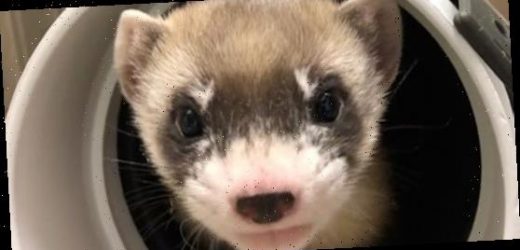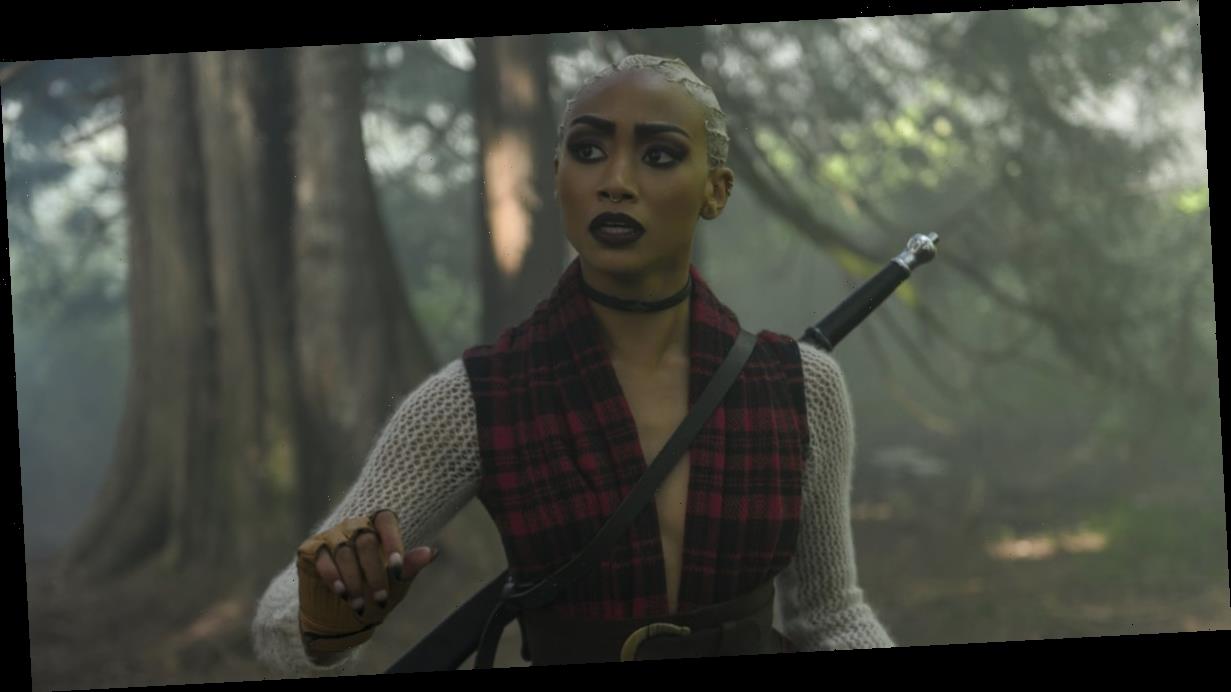- Elizabeth Ann was born using the frozen cells of a black-footed ferret called Willa that died in 1988.
- She will be raised in the National Black-footed Ferret Conservation Center in Colorado.
- The species was considered extinct until seven were found in 1981.
- Visit the Business section of Insider for more stories.
Scientists successfully cloned a black-footed ferret using DNA of a frozen relative that died in 1988 for the first time in US history.
Elizabeth Ann was born on 10 December and is a genetic copy of a ferret called Willa, the US Fish and Wildlife Service (USFWS) announced in a statement this week.
Willa’s cells, frozen during the 1980s when DNA technology was first developed, were used to create the newborn animal.
North America’s only ferret species was considered extinct until 18 were found on a Wyoming ranch in 1981.
They were captured by the Wyoming Game and Fish Department and a breeding program to recover the population was established. Their numbers have now increased to 250 to 350 ferrets living in captivity and 300 spread across 29 reintroduction sites in the wild.
Scientists are now hoping to use cloning to create genetic diversity, making the animals less susceptible to disease and genetic abnormalities.
Ryan Phelan, Executive Director of biotechnology conservation company Revive & Restore, said: “It was a commitment to seeing this species survive that has led to the successful birth of Elizabeth Ann.
He also added in the statement: “To see her now thriving ushers in a new era for her species and for conservation-dependent species everywhere. She is a win for biodiversity and for genetic rescue.”
Elizabeth Ann will not be released into the wild but instead raised in the National Black-footed Ferret Conservation Center in Colorado, where she was born, so that researchers can continue to study her.
A genomic study revealed Willa’s DNA contained three times more unique variations than the living ferret population, meaning that if she successfully mates and reproduces, Elizabeth Ann could provide unique genetic diversity to the species, according to the USFWS.
The cloning of Elizabeth Ann resulted from a partnership between the USFWS, Revive & Restore, ViaGen Pets & Equine, San Diego Zoo Global, and the Association of Zoos aquariums.
Source: Read Full Article


